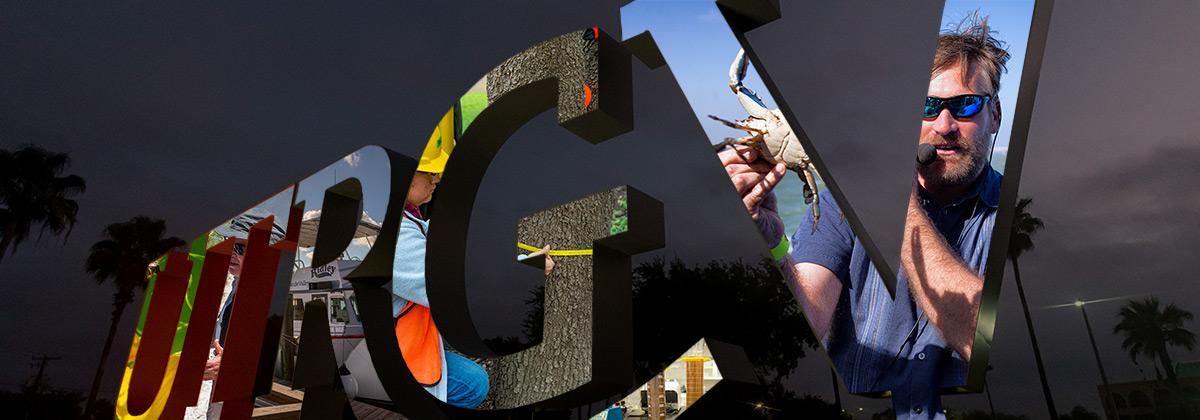
School of Earth, Environmental, and Marine Sciences Faculty Publications and Presentations
Document Type
Article
Publication Date
5-2024
Abstract
Highlights
-
Drawdown areas emitted 80% of reservoir CO2 with just 1/5 area.
-
Emissions from reservoir shorelines near forests were greater than from areas near grassland.
-
CO2 emissions increase with the distance from the water.
-
Estimates of reservoir drawdown CO2 flux vary by ∼ 300 % across the seasons examined here.
-
There was no discernible difference in CO2 emissions between day and night-time.
-
A significant increase in CO2 fluxes was observed 30 min after a rewetting event.
Abstract
A growing body of literature points to drawdown areas as important sources of atmospheric CO2 within reservoirs. Yet seasonal and temporal patterns of CO2 flux from periodically exposed sediments in drawdown areas remain poorly understood. Here we evaluate the annual and diel (24-hour cycle) variations in CO2 emissions from sediments periodically exposed to the atmosphere. We sampled sediments in the drawdown area of a tropical reservoir, which encompassed two primary adjacent land covers—grassland and forestland—in the watershed of a reservoir located in southeastern Brazil. We also experimentally assessed the effect of rewetting on CO2 emissions from exposed sediments. We found large variations in emissions during all hydrological periods (from 10 to 10116 mg C/m−2(−|-) d-1), except for the late rainy period. Land use and how distant dry sediments were from the open water significantly affected drawdown CO2 emissions, with higher emissions occurring in areas surrounded by forest than those adjacent to grassland. Our diel-cycle analysis did not show significant variation of emissions over daily cycles. Furthermore, a rewetting experiment indicated a significant increase in emissions 30 min after the onset of the rewetting event. Although drawdown areas only cover 20 % of the reservoir’s area, they account for 80 % of the reservoir’s total CO2 emissions. Ultimately, single-time measurements can lead to considerable underestimation (up to 52 %) or overestimation (up to 190 %) of whole-reservoir CO2 emissions.
Recommended Citation
Barbosa, Ícaro, José R. Paranaíba, Sebastian Sobek, Sarian Kosten, Rafael M. Almeida, Vitor Duque, Natália Mendonça, Nathan Barros, and Raquel Mendonça. "Year-round CO2 emissions from the drawdown area of a tropical reservoir: Strong seasonal and spatial variation." Geoderma 445 (2024): 116891. https://doi.org/10.1016/j.geoderma.2024.116891
Creative Commons License

This work is licensed under a Creative Commons Attribution 4.0 International License.
Publication Title
Geoderma
DOI
10.1016/j.geoderma.2024.116891


Comments
Under a Creative Commons license.
http://creativecommons.org/licenses/by/4.0/